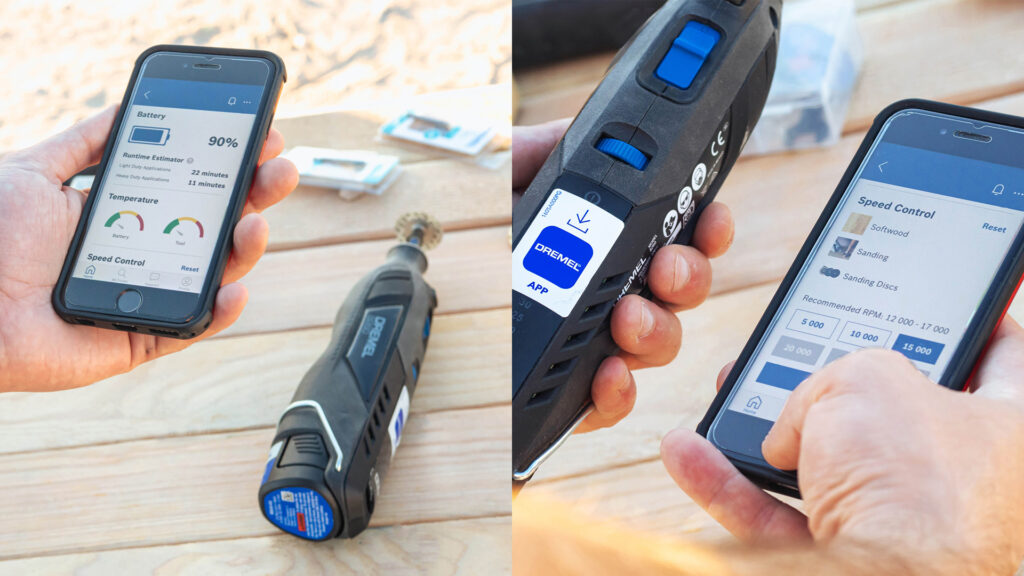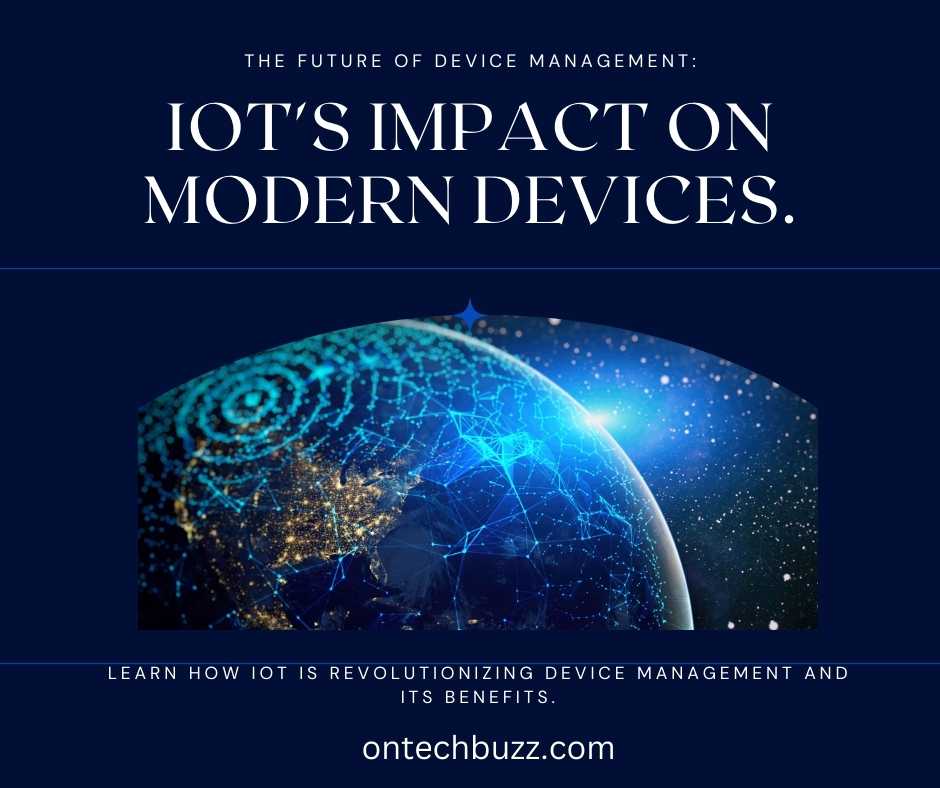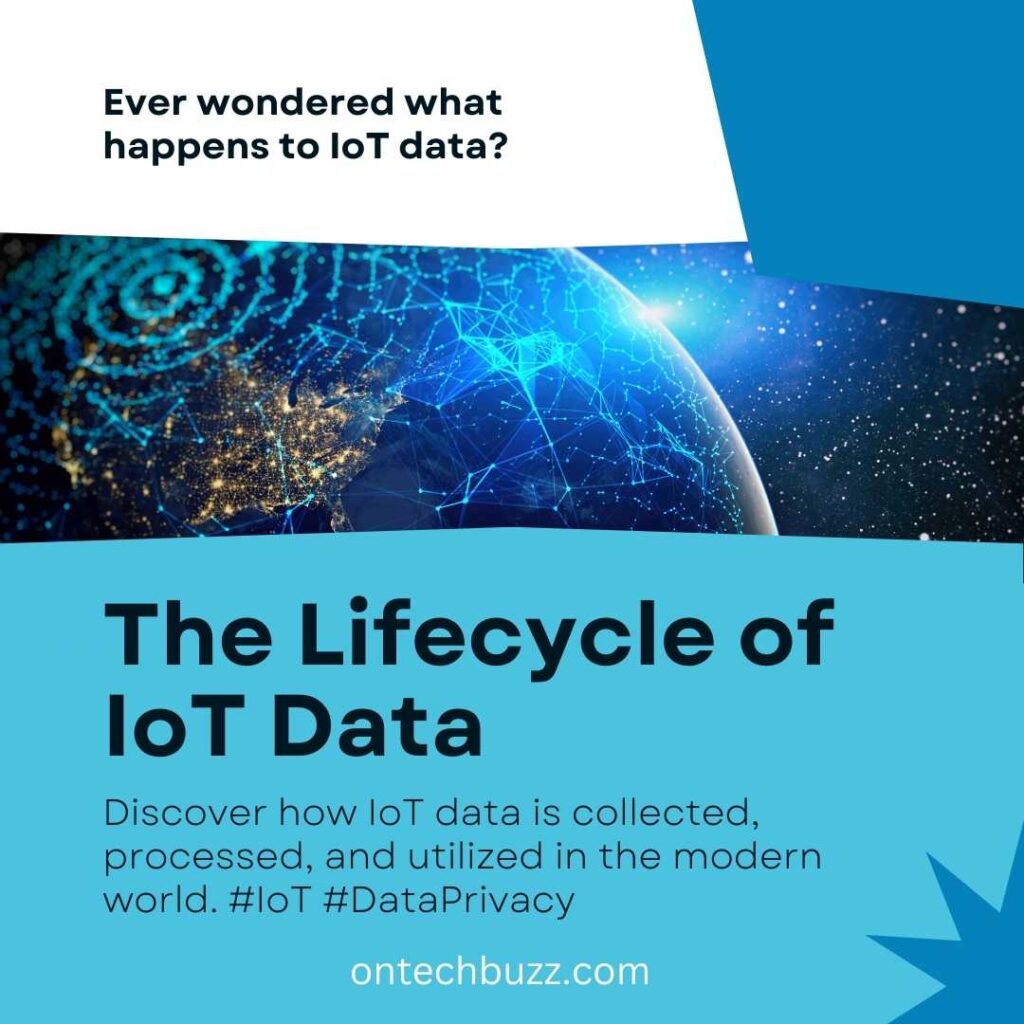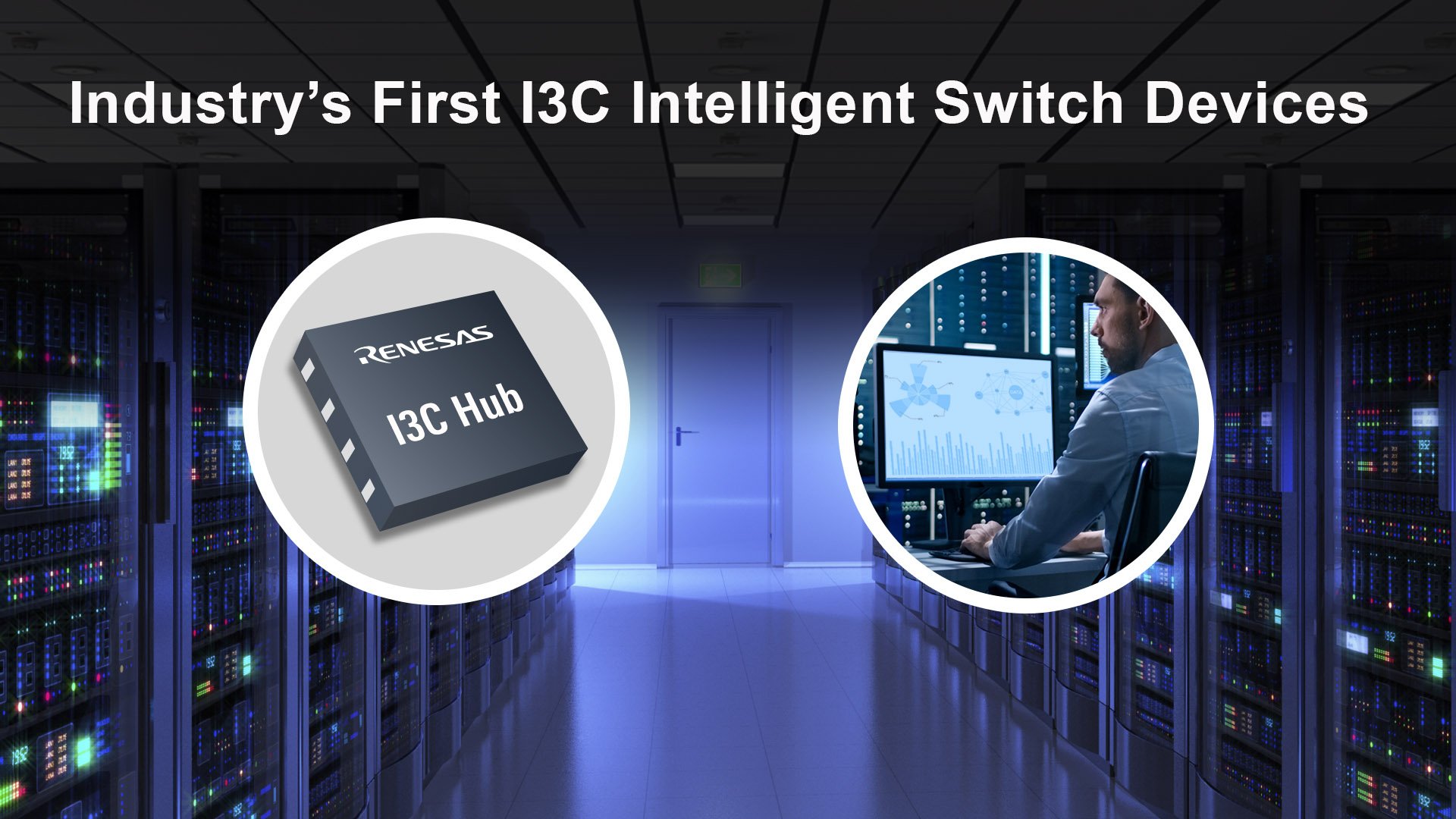
Discover the power of our Device Management Platform IoT examples that illuminate effective strategies. Unleash the full potential of your IoT devices with insights, best practices, and real-world examples. Elevate your IoT experience with our expert guidance on device management platform implementation.
Device management platforms for IoT include AWS IoT Device Management and Microsoft Azure IoT Hub. These platforms facilitate device authentication, provisioning, configuration, and monitoring.
Managing a multitude of connected devices efficiently is crucial in the realm of the Internet of Things (IoT). Device management platforms play an essential role by providing tools for securely registering devices, maintaining firmware updates, and troubleshooting problems remotely. Business and technology leaders seek these IoT examples, like AWS IoT Device Management and Microsoft Azure IoT Hub, as they offer comprehensive suites for device lifecycle management.
Such platforms enable users to scale their IoT deployments with confidence, ensuring their connected ecosystems are reliable, secure, and optimized for performance. Intuitive user interfaces and robust APIs make integration and management accessible to businesses of all sizes, ushering in a new era of digital transformation powered by smart device interaction.
Table of Contents
Impact Of Iot On Modern Device Management

The Internet of Things (IoT) has revolutionized device management platforms by transitioning from static, traditional systems to highly dynamic frameworks. This evolution is marked by the introduction of sophisticated sensor technologies and networked devices, enabling an unprecedented level of automation and control.
Iot platforms offer enhanced monitoring and maintenance capabilities by providing a 360-degree view of connected devices. With continuous diagnostics and predictive analytics, these platforms can anticipate issues before they arise, ensuring minimal downtime and optimal performance.
Additionally, real-time updates ensure that device firmware and software are always current, reflecting the latest security patches and functional enhancements. A feedback loop, integral to these platforms, gathers operational data and user interactions to inform future product developments and updates. Consequently, IoT has provided a significant leap forward in how device management platforms operate, making them smarter and more responsive to the needs of both businesses and consumers.
Core Features Of Iot Device Management Platforms
IoT device management platforms often boast a centralized dashboard and control system. This crucial feature streamlines the monitoring and management of connected devices. Users benefit from a single pane of glass for visibility and control, enhancing the operation of vast IoT ecosystems.
Scalability and flexibility are paramount, with platforms designed to support a growing number of devices and adapt to new integrations. This allows seamless incorporation of varied technologies and protocols, ensuring a future-proof solution for expanding IoT networks.
| Feature | Description |
|---|---|
| Security | Advanced authentication protocols protect against unauthorized access, guaranteeing secure communications across devices. |
| Remote Troubleshooting | Facilitates diagnostics and issue resolution remotely, minimizing downtime and reducing the need for on-site service. |
| Firmware Updates | Incorporates mechanisms for seamless and secure firmware updates to devices, ensuring they operate with the latest features and security patches. |
Healthcare Revolution With Iot
The healthcare sector has been significantly transformed by the integration of IoT devices, particularly with the advent of wearables and remote patient monitoring systems. These technological advancements provide real-time health tracking and vital sign monitoring, enabling proactive healthcare interventions. Wearable devices like smart watches and fitness trackers offer continuous health monitoring, contributing to patient empowerment and preventative care strategies.
Hospital asset tracking harnesses IoT to streamline operations and enhance patient care. Medical equipment embedded with sensors and connected to a device management platform ensures that critical tools are easily locatable, reducing downtime and improving hospital efficiency. This IoT application not only aids in the maintenance of equipment but also ensures that all assets are used optimally, contributing to a higher standard of patient care and improved outcomes.
Iot In Smart Homes And Buildings
Smart homes and buildings are increasingly incorporating IoT devices to enhance energy efficiency and improve security measures. Energy Management Systems (EMS) use sensors and IoT technology to automate and optimize the use of electricity, heating, and cooling. This can lead to significant cost savings and reduce environmental impact through careful monitoring and management of energy consumption.
The integration of Security and Access Control systems in the IoT infrastructure allows for real-time surveillance and remote management of entry points. Advanced IoT solutions can include features like biometric scanners, smart locks, and automated alerts, which work together to bolster the security of premises, providing peace of mind to homeowners and facility managers alike.
Industrial Iot Transforming Manufacturing

Industrial IoT (IIoT) is revolutionizing the manufacturing sector with advancements in predictive maintenance for machinery. By leveraging IoT devices, companies now anticipate when a machine is likely to fail and carry out maintenance proactively, reducing downtime and improving overall efficiency.
This transformation is not only about preventing breakdowns but also involves optimizing machine performance, which significantly extends equipment lifespan.
Real-time inventory management is another aspect where IIoT excels. Systems integrated with IoT technology provide transparent inventory levels, triggering restocks at the precise moment, thus ensuring a balanced supply chain and minimizing inventory costs. By doing so, manufacturers can optimize stock levels and improve response times to demand fluctuations.
Selecting The Right Iot Device Management Platform
Selecting the right IoT device management platform necessitates understanding the compatibility across various devices. A suitable platform should seamlessly integrate with a multitude of device types and protocols, ensuring efficient management of your IoT ecosystem regardless of the backend hardware.
User-friendly interfaces are crucial for the effective operation of IoT systems. A platform with an intuitive dashboard that simplifies the complex processes can significantly reduce training time and errors, thereby improving productivity.
Cost-efficiency is imperative for any IoT investment. Organizations should examine not only the upfront costs but also the potential return on investment (ROI). A platform that offers scalability and robust features without a steep price tag will be more likely to yield long-term benefits.
Challenges And Considerations In Iot Adoption
Data privacy concerns are paramount with the integration of IoT technologies. Ensuring user and data protection requires robust encryption and security protocols. It is imperative to build trust with end-users by showcasing commitment to safeguarding personal information.
Interoperability hurdles present a significant barrier in realizing a seamles IoT ecosystem. It’s essential to adopt standard communication protocols and data formats to facilitate device compatibility and information exchange across different platforms and services.
Confronting the complexity of large-scale deployments entails a strategic approach. Develop a scalable architecture that can manage rapidly increasing nodes is a critical component. Employing a device management platform streamlines the process, offering centralized control and monitoring of IoT devices, hence optimizing operational efficiency.
Retail Industry Embracing Iot
Retailers have rapidly adopted the Internet of Things (IoT) to transform store inventory management. IoT devices such as smart shelves and RFID tags are playing pivotal roles in maintaining stock levels. These technologies ensure that real-time data is accessible, facilitating swift restocking decisions and minimizing the risk of stockouts. With an efficient IoT device management platform, retailers can not only track their inventory with great accuracy but also predict purchasing trends and optimize their supply chain accordingly.
IoT solutions are also revolutionizing the customer experience in retail. Personalized shopping experiences are made possible through data gathered and processed by IoT devices. Smart stores, equipped with connected sensors, can guide customers to items on sale or that complement past purchases. By leveraging a sophisticated device management platform, retailers are augmenting in-store navigation, streamlining checkout processes, and providing value-added services to enhance customer satisfaction and loyalty.
Transformative Effects On Utility Management
Smart grids for electricity distribution represent a significant leap in how utility companies manage power flow. By integrating IoT devices, these groundbreaking networks enable real-time monitoring and optimized energy distribution, addressing both consumer needs and sustainability concerns. Real-time data analysis from smart meters and sensors on the grid ensures a steady electricity supply while reducing outages and improving system efficiency.
For water and waste management optimization, IoT-based solutions are game changers. With the implementation of connected devices, utility providers can now predict and manage water usage patterns, while also monitoring waste treatment processes closely to minimize environmental impact. Such technology enables early leak detection and the prevention of non-revenue water loss, leading to a more efficient and sustainable resource management.

Credit: www.renesas.com
Transportation Sector’s Smart Evolution
The transportation sector is undergoing a revolution with the introduction of IoT device management platforms. These technological advancements are spearheading developments in fleet management efficiencies. By leveraging real-time data, companies gain unprecedented control over their fleets, optimizing routes and reducing operational costs.
Connected vehicle ecosystems are at the forefront of this transformation. They enable seamless communication between vehicles and management platforms. This symbiosis paves the way for enhanced safety measures, predictive maintenance, and a substantial increase in overall efficiency. The integration of IoT within transportation not only bolsters operational effectiveness but also contributes to sustainability efforts, by curbing fuel consumption through intelligent analytics.
Future Trends In Iot Device Management
Predictive analytics integration is rapidly becoming central to IoT device management. This technology enables systems to anticipate potential issues and maintenance needs before they occur, facilitating proactive measures and reducing downtime.
Furthermore, edge computing is witnessing a significant expansion. By processing data closer to where it is generated, edge devices can operate more efficiently, enhancing real-time data analysis and decision-making capabilities. This shift paves the way for improved performance in IoT ecosystems.
Artificial intelligence (AI) plays a pivotal role in evolving the interaction between users and IoT devices. AI advancements are leading to more intuitive interfaces and smarter automation, allowing for a seamless and more productive user experience with IoT technology.
Frequently Asked Questions For Device Management Platform Iot Examples
What Is An Example Of Iot Device Management?
IoT device management involves overseeing connected devices, such as remote software updates and performance monitoring for smart thermostats.
What Is An Iot Management Platform?
An IoT management platform is a software that allows users to connect, monitor, and manage internet-connected devices remotely and securely.
What Is Device Management Platform?
A device management platform is a system that allows organizations to oversee, manage, and secure their devices remotely, including smartphones, tablets, and laptops.
What Are The 4 Types Of Iot Platforms?
The four types of IoT platforms are device management, connectivity management, application enablement, and analytics platforms. These platforms support IoT ecosystem functions, helping to manage devices, data flow, app development, and data analysis.
Conclusion
Selecting the right IoT device management platform can propel your business into the future. It ensures seamless integration, robust security, and efficient management of IoT devices. As demonstrated through the examples discussed, each platform offers unique benefits. Your choice should align with your specific needs and goals.
Elevate your IoT strategy today by investing in a management system that scales with your innovations.
3 thoughts on “Device Management Platform IoT Examples: Smart Solutions Unveiled”